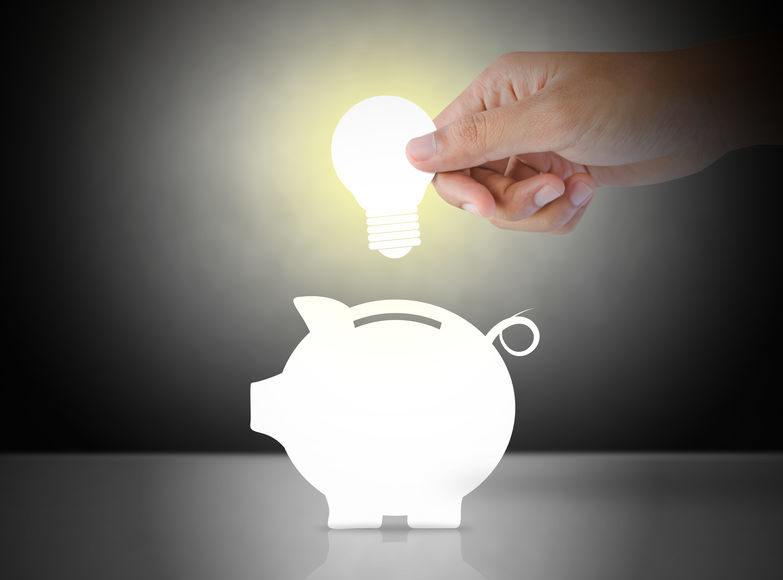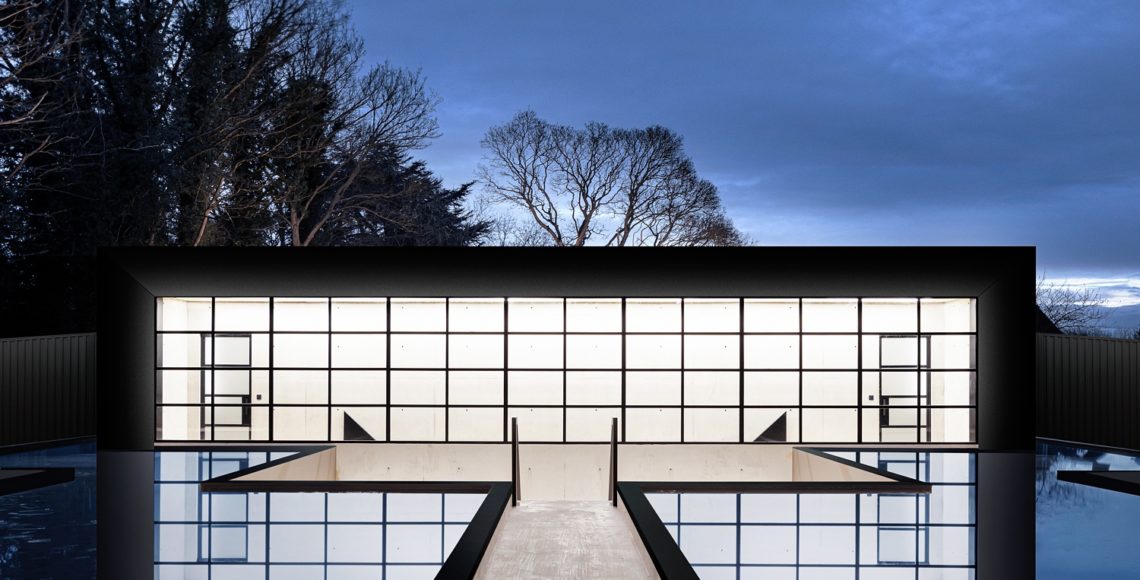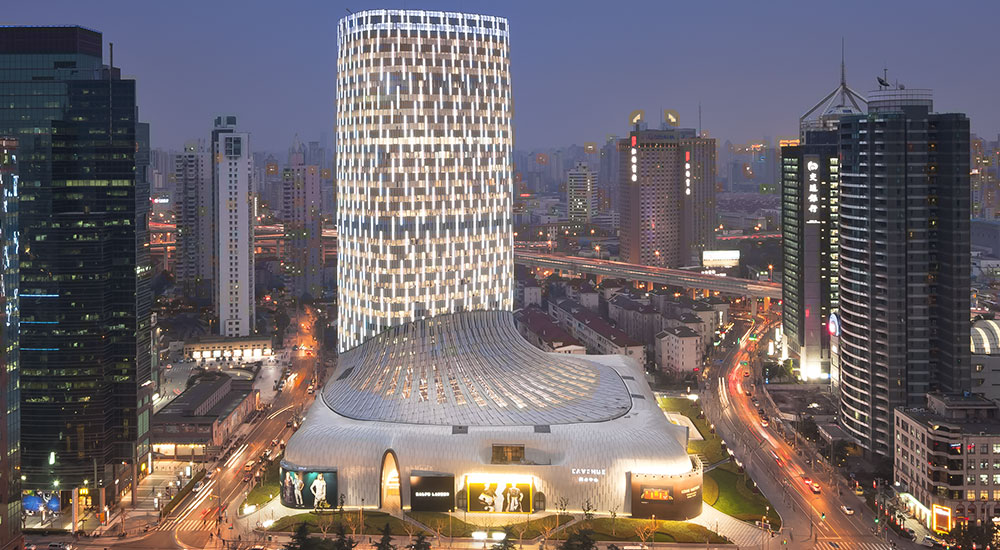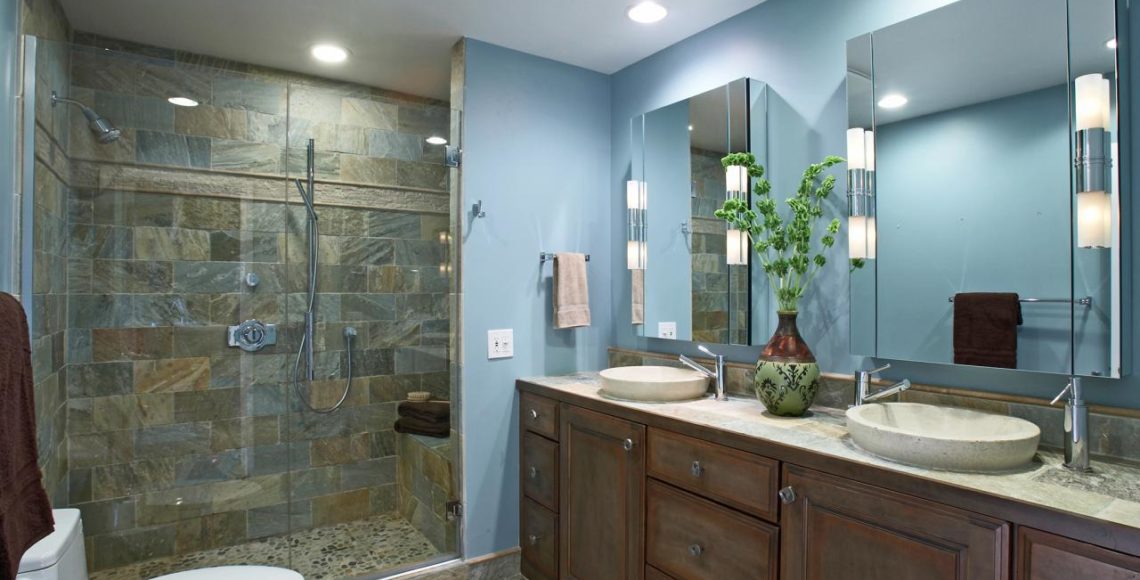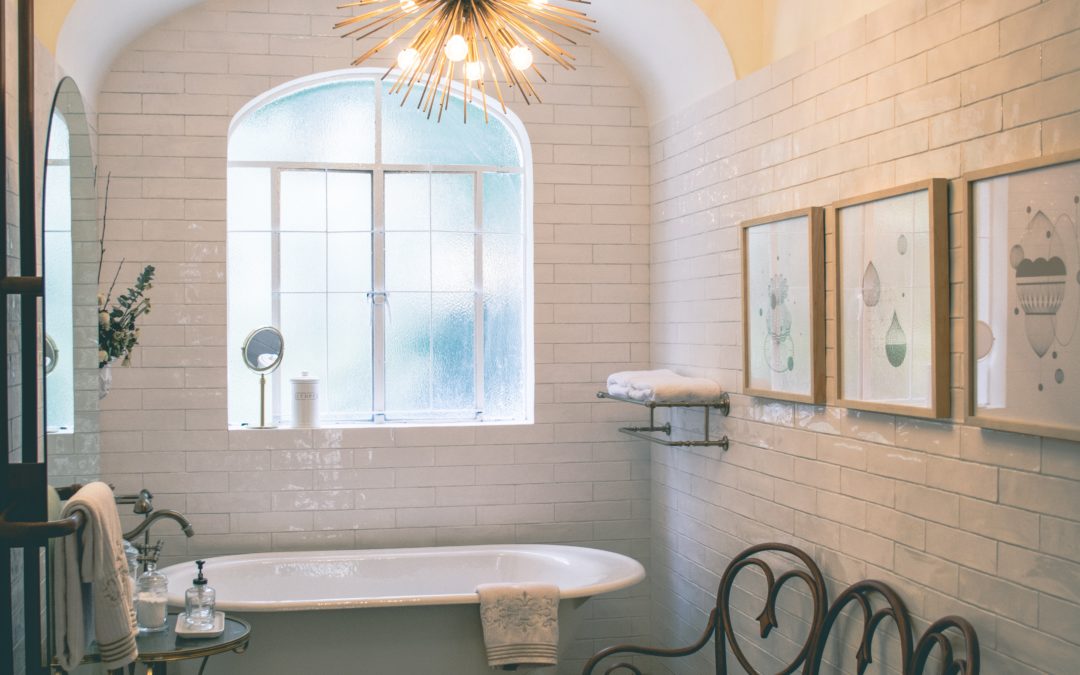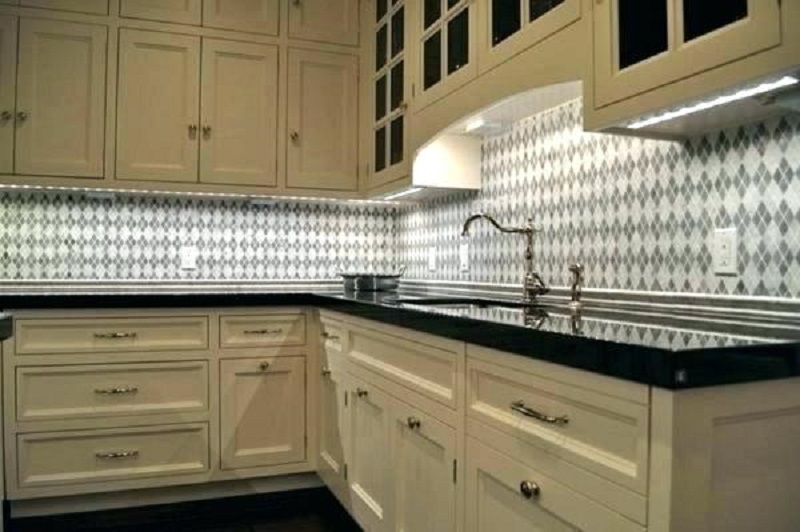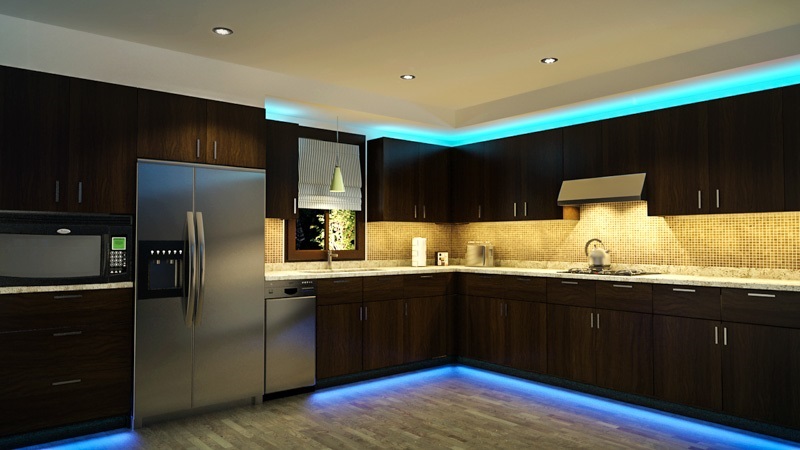What’s an LED lighting retrofit?
LEDs use a fraction of the power that incandescent or fluorescent lighting consumes and last
many times longer than those types of bulbs, all while delivering the brightness, warmth and
color to fit your specific lighting needs. So now that you’re aware of how LEDs can save money,
improve lighting quality and reduce your carbon footprint, it’s time to put that green energy
solution to work for you.
You’ll often hear the word “retrofit” used to describe the replacement of your existing lighting
system with LEDs. It’s kind of odd that the word begins with “retro”, since that prefix usually
raises images of the past (think mullets and leisure suits) instead of the forward-thinking
technology that LEDs offer. Be that as it may, retrofit has become the accepted term for
upgrading your older lighting to newer, more energy efficient LED equipment.
Lighting accounts for about 15 to 20% of a typical commercial building’s energy use, so if you
haven’t already done an LED retrofit, every day you wait is costing you money. But if it’s any
consolation, you’re not alone. The U.S. Energy Information Administration says that as recently
as 2012, more than three-quarters of all the floor space in the nation’s commercial buildings was
lit by standard fluorescent lights, with another 6% of floor space still lit by incandescents.
Although LEDs have greatly increased their market share since that last government survey,
there is still a lot of old lighting out there that should be replaced.
It’s always best to take a whole-building approach to energy efficiency instead of treating each
separate measure – such as an LED retrofit – as a “one-off”. There are several reasons for this,
including the coordination among your building’s energy systems (i.e., installing low-heat LEDs
may impact your air conditioning needs) and more attractive rebates offered by utilities or
government entities for bundling energy efficiency measures to maximize energy savings.
Ideally, then, an LED retrofit is one part of an overall green energy solution for your business. العاب لربح المال على النت
However, not every business owner may be in a financial position right now to undertake a
complete energy makeover. In that case, doing an LED retrofit as a stand-alone energy saving
measure immediately is better than waiting until a full upgrade can be made.
The first thing you should do before starting an LED retrofit is to decide why you want to do it. العاب تكسب فلوس Is
it simply to reduce your energy costs (nothing wrong with that being the only reason!) or are you
also interested in adjusting the brightness or color quality of your lighting? What about using
lighting to improve the aesthetics of your space or the visual comfort of your employees or
customers? There are no right or wrong reasons for doing an LED retrofit, but knowing what
your goals are before you get started will help you install the lighting equipment you’ll need to
achieve them.
Once your goals are set, the next step is to have a lighting professional conduct a lighting audit. لعبة بلاك جاك مجانية
An audit is the simplest and most effective way to evaluate your existing system and identify the
improvements needed to achieve your goals, ensuing that every area within your building has the
appropriate amount of light. The auditor’s recommendation will include the cost of each item and
an estimate of energy cost savings, so you can easily calculate how quickly your investment will
be repaid. If you have multiple locations that you’re looking to upgrade, it’s best to use the same
auditor for each site so you’ll have a consistent approach to the retrofits. An Ecology Action
energy efficiency advisor can assist you in choosing the lighting auditor who can best serve your
needs.

One of the advantages of LED lighting is that it can be used in existing fixtures, saving the cost of
installing new ones (as many businesses did years ago when they converted from incandescent
to fluorescent). In many cases, your existing fluorescent lighting fixtures can be retrofitted to LED
by simply removing the ballast and fluorescent lamp holders and replacing the fluorescent tubes
with LED tubes. There are also applications that offer a “plug and play” option, allowing you to
swap out your fluorescent tube with an LED without the need for removing the ballast and lamp
holders.
If you can’t use your existing fixtures for any reason, or if you’re altering your building’s lighting
plan by changing their location, you may need to install new LED fixtures. This is going to be a
more expensive option, but may result in greater long-term savings because fixtures specifically
designed for LEDs will operate more effectively than a retrofitted fluorescent fixture.
Incorporating lighting controls into your LED retrofit has the potential of increasing your energy
efficiency by providing the right amount of light when and where it’s needed. Lighting controls can
be as simple as a timer that turns lights on or off at pre-set times. They can also include more
advanced devices, like occupancy sensors that automatically turn on lights when motion is
detected in a space that isn’t continually in use (these have become popular in storage areas,
restrooms and conference rooms) or photocells that will adjust lighting levels depending on the
amount of available daylight.
In addition to meeting your building’s indoor lighting needs, the versatility of LEDs makes them
ideal for any of your outdoor lighting requirements. An LED’s performance is not affected by hot
or cold weather, which is why you see them now being used in safety-related outdoor
applications like traffic signals, streetlights and vehicle headlights. Commercial buildings often
have “wall pack lighting”, the fixtures mounted on the outside walls that provide both security for
the building and pathway lighting employees or customers. Wall pack lighting can also be used
for aesthetic purposes by illuminating the outside of your building. Lighting designers can take
advantage of the directional nature of LEDs and the variety of color temperatures available to
create dramatic effects while reducing your energy costs.
If your building has an outdoor parking lot or enclosed parking – like an adjacent deck or
underground parking – it’s important to include those areas in your LED retrofit. Parking areas
can be an ideal place to produce energy savings because they generally require large amounts
of lighting for safety and security. Parking lots have traditionally used high intensity discharge, or
HID, lighting like metal halide and high-pressure sodium lamps. While these kinds of lights
provide the brightness needed for parking areas, they use a lot of electricity. LEDs can deliver
the same level of brightness while using a fraction of the electricity, and can direct their light
precisely onto the areas that need to be lit instead of diffusing it in all directions. They’ll also last
three to four times longer than most HIDs. As with interior lighting, some LED lamps can be
retrofitted into existing fixtures in parking areas, saving the cost of installing new fixtures.
An LED retrofit is a key part of a green energy solution for any business. It’s easy to do and can
yield big savings. An Ecology Action energy efficiency expert can get you started in brightening up
your business – and your bottom line – with LEDs.

